 Search by Keyword
|
"DEAR PRUDENCE"
(John Lennon – Paul McCartney)
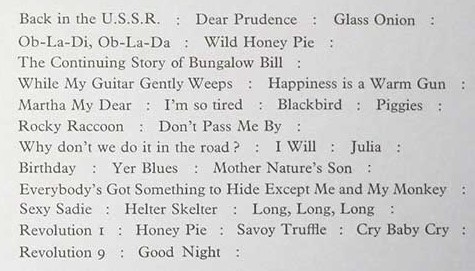 On October 16th, 1968, John, Paul and George Martin met together at EMI Studios with the intention of sequencing the 30 songs that encompassed their newly recorded double-album “The Beatles,” most commonly referred to as the “White Album.” The task became so daunting, in fact, that this sequencing session actually lasted a full 24 hours, from 5 pm until 5 pm October 17th, 1968 – the longest ever Beatles session. With such a wide variety of musical styles among its numbers, it took a lot of thought as to what song would follow nicely after the one previous to it. Assisted by engineers Ken Scott, John Smith and Dave Harries, they worked long and hard to form this plethora of material into a presentable whole. On October 16th, 1968, John, Paul and George Martin met together at EMI Studios with the intention of sequencing the 30 songs that encompassed their newly recorded double-album “The Beatles,” most commonly referred to as the “White Album.” The task became so daunting, in fact, that this sequencing session actually lasted a full 24 hours, from 5 pm until 5 pm October 17th, 1968 – the longest ever Beatles session. With such a wide variety of musical styles among its numbers, it took a lot of thought as to what song would follow nicely after the one previous to it. Assisted by engineers Ken Scott, John Smith and Dave Harries, they worked long and hard to form this plethora of material into a presentable whole.
 Since the decision was made to simply title the album “The Beatles,” it may have easily been assumed by the general consumer that the album was a cohesive unit put together by four cooperative world-renowned musicians. As history testifies, this was hardly the case! In-house turmoil and bickering was at an all time high, resulting in both long-time engineer Geoff Emerick as well as Ringo himself quitting their associations with The Beatles for a time during the album's sessions.
The cohesive illusion was well maintained as far as the general public was concerned, however. Upon listening to the two opening tracks of the album, for instance, what we hear are some stellar performances from all four members of the group working together beautifully. Or do we? Since the decision was made to simply title the album “The Beatles,” it may have easily been assumed by the general consumer that the album was a cohesive unit put together by four cooperative world-renowned musicians. As history testifies, this was hardly the case! In-house turmoil and bickering was at an all time high, resulting in both long-time engineer Geoff Emerick as well as Ringo himself quitting their associations with The Beatles for a time during the album's sessions.
The cohesive illusion was well maintained as far as the general public was concerned, however. Upon listening to the two opening tracks of the album, for instance, what we hear are some stellar performances from all four members of the group working together beautifully. Or do we?
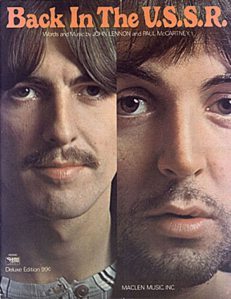 As fate would have it, the first two tracks on the album, namely “Back In The U.S.S.R.” and “Dear Prudence,” were primarily performed by John, Paul and George, although you do hear some amazing drum work from Paul on both songs (with a little drumming assistance from John and George on the former). Both of these tracks happen to have been recorded during a two-week period when Ringo had quit the group. On August 22nd, 1968, during rehearsals for the recording of “Back In The U.S.S.R.,” Ringo stormed off because of Paul's instructing him how to play drums on the song. With the intention of never returning, he remained away until September 4th, when he rejoined his band to film the promotional clips for their newly released single “Hey Jude” and “Revolution.” Also recorded during Ringo's absence was John's beautiful composition “Dear Prudence” which, coupled with the opening track, perfectly conveys a tight cohesiveness and amazing first impression to what has come to be considered by many as The Beatles' most loved album. As fate would have it, the first two tracks on the album, namely “Back In The U.S.S.R.” and “Dear Prudence,” were primarily performed by John, Paul and George, although you do hear some amazing drum work from Paul on both songs (with a little drumming assistance from John and George on the former). Both of these tracks happen to have been recorded during a two-week period when Ringo had quit the group. On August 22nd, 1968, during rehearsals for the recording of “Back In The U.S.S.R.,” Ringo stormed off because of Paul's instructing him how to play drums on the song. With the intention of never returning, he remained away until September 4th, when he rejoined his band to film the promotional clips for their newly released single “Hey Jude” and “Revolution.” Also recorded during Ringo's absence was John's beautiful composition “Dear Prudence” which, coupled with the opening track, perfectly conveys a tight cohesiveness and amazing first impression to what has come to be considered by many as The Beatles' most loved album.
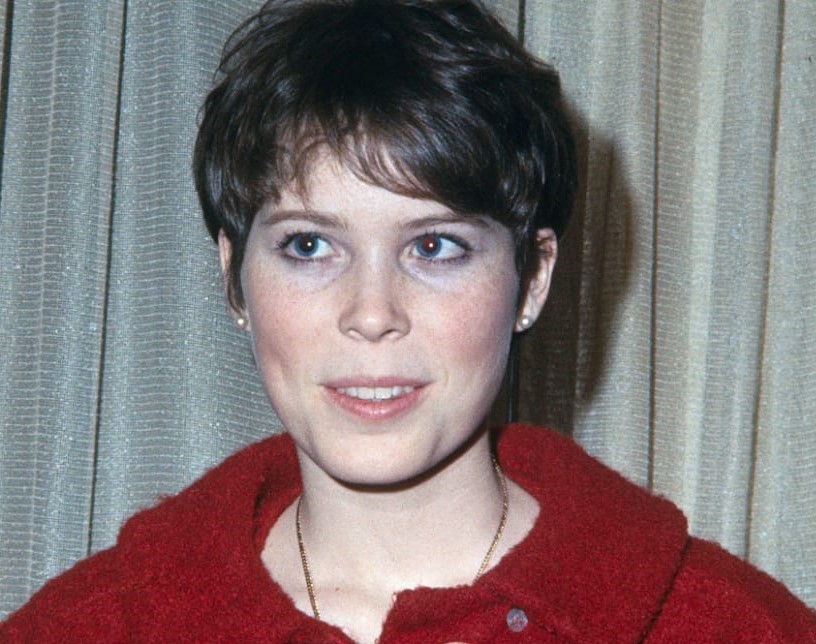
Prudence Farrow
Songwriting History
"Dear Prudence" was written sometime in March of 1968 while The Beatles were in Rishikesh, India studying meditation with Maharishi Mahesh Yogi. While John was relatively drug free in this remote location, his mind flowed over with many song ideas that he worked out on his Martin acoustic guitar, which he brought along with him.
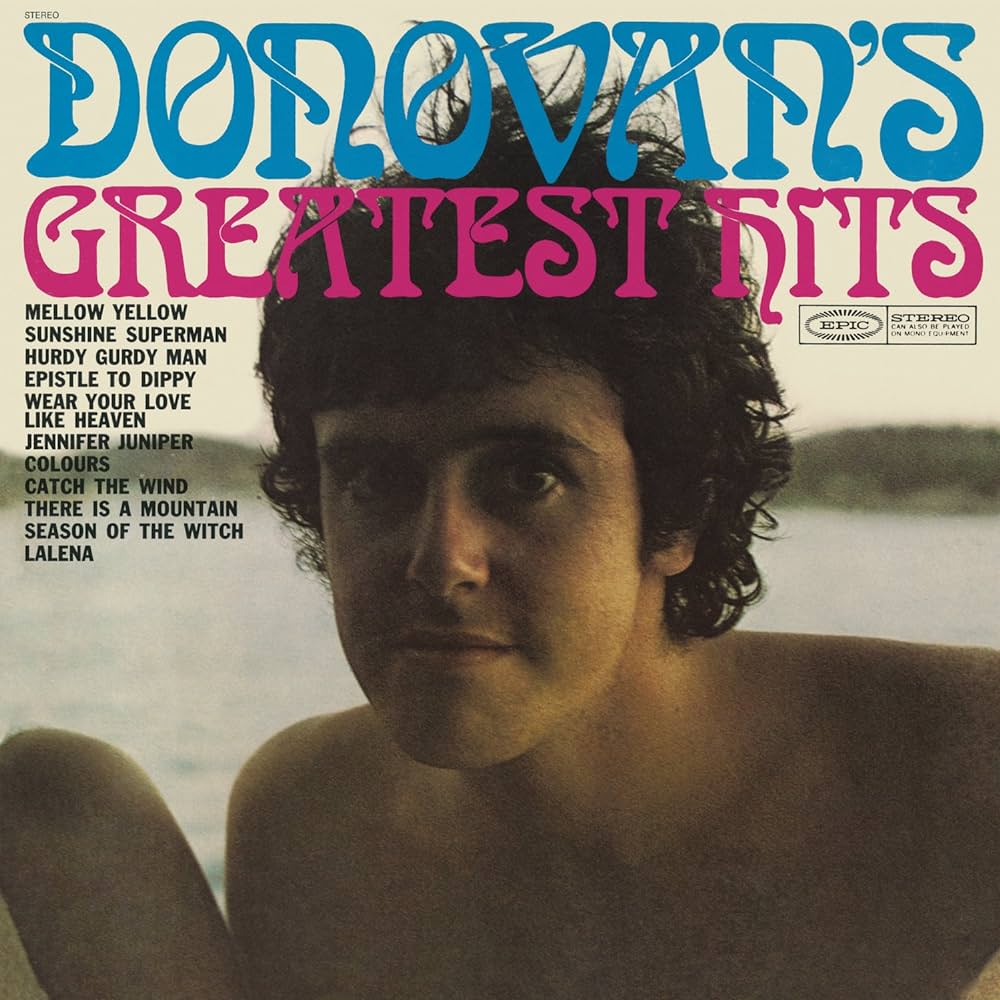 British pop/folk singer Donovan (actual name, Donovan Leitch), who was also there on this retreat, recalls his input to John's songwriting during this period. “Some afternoons we would gather at one of our pads and play the acoustic guitars we had all brought with us. John was keen to learn the finger-style guitar I played and he was a good student...John wrote 'Julia' and 'Dear Prudence' based on the picking I taught him." Donovan had undoubtedly learned this style of playing from guitar virtuosos such as Bert Jansch or Davey Graham, which required dropping the guitar's lower E-string to D when playing in D major. This newly learned guitar playing style was the first ingredient necessary to the writing of "Dear Prudence.” British pop/folk singer Donovan (actual name, Donovan Leitch), who was also there on this retreat, recalls his input to John's songwriting during this period. “Some afternoons we would gather at one of our pads and play the acoustic guitars we had all brought with us. John was keen to learn the finger-style guitar I played and he was a good student...John wrote 'Julia' and 'Dear Prudence' based on the picking I taught him." Donovan had undoubtedly learned this style of playing from guitar virtuosos such as Bert Jansch or Davey Graham, which required dropping the guitar's lower E-string to D when playing in D major. This newly learned guitar playing style was the first ingredient necessary to the writing of "Dear Prudence.”
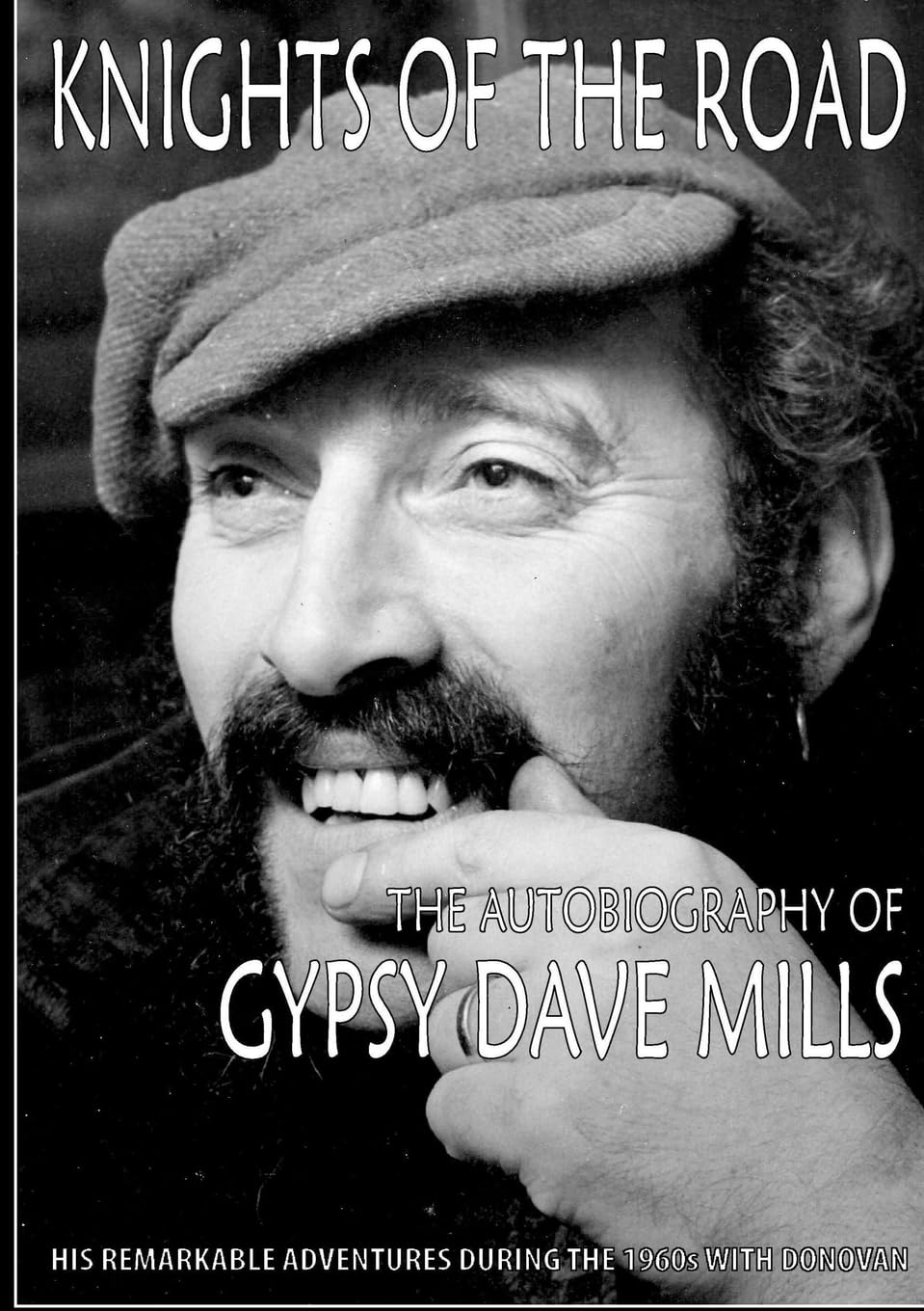 Paul remembers that a good friend of Donovan's known as Gypsy Dave (or Gypsy Dave Mills), who was also present at that time, could actually be credited for teaching this fingerpicking style of guitar playing to John. “He learned to fingerpick off Donovan or Gypsy Dave, I think John said it was Gypsy Dave but the two of them were fairly inseparable and they both would have known it, and if they were both sitting down picking then who is to know? It was a folk picking style, and (John) was the only one in the band who could ever do that properly....Once you can do it, it's really very handy, it's a useful style.” Paul remembers that a good friend of Donovan's known as Gypsy Dave (or Gypsy Dave Mills), who was also present at that time, could actually be credited for teaching this fingerpicking style of guitar playing to John. “He learned to fingerpick off Donovan or Gypsy Dave, I think John said it was Gypsy Dave but the two of them were fairly inseparable and they both would have known it, and if they were both sitting down picking then who is to know? It was a folk picking style, and (John) was the only one in the band who could ever do that properly....Once you can do it, it's really very handy, it's a useful style.”
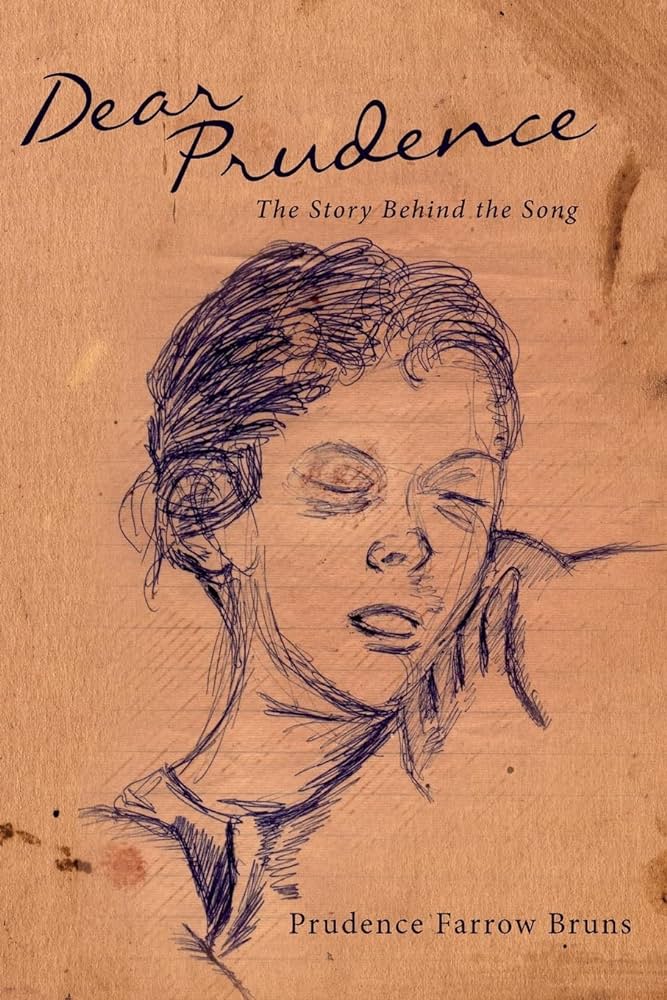 Another fellow meditation student on this trip was nineteen-year-old Prudence Farrow, younger sister of actress Mia Farrow. Prudence, Mia, and their brother John had arrived at the Maharishi's retreat several weeks before The Beatles. She began studying Transcendental Meditation at the University of California in Los Angeles in 1966 because, as she writes in "Dear Prudence: The Story Behind The Song," "I needed to find peace, true peace inside myself...I'd been meditating since 1966 and had tried to get on the course in 1967, so it was like a dream come true for me. Being on that course was more important to me than anything in the world. I was very focused on getting in as much meditation as possible, so that I could gain enough experience to teach it myself. I knew that I must have stuck out because I would always rush straight back to my room after lectures and meals so that I could meditate. It was all so fascinating to me. John, George and Paul would all want to sit around jamming and having a good time and I'd be flying into my room...The song that John wrote was just saying, 'Come out and play with us. Come out and have fun.'” Another fellow meditation student on this trip was nineteen-year-old Prudence Farrow, younger sister of actress Mia Farrow. Prudence, Mia, and their brother John had arrived at the Maharishi's retreat several weeks before The Beatles. She began studying Transcendental Meditation at the University of California in Los Angeles in 1966 because, as she writes in "Dear Prudence: The Story Behind The Song," "I needed to find peace, true peace inside myself...I'd been meditating since 1966 and had tried to get on the course in 1967, so it was like a dream come true for me. Being on that course was more important to me than anything in the world. I was very focused on getting in as much meditation as possible, so that I could gain enough experience to teach it myself. I knew that I must have stuck out because I would always rush straight back to my room after lectures and meals so that I could meditate. It was all so fascinating to me. John, George and Paul would all want to sit around jamming and having a good time and I'd be flying into my room...The song that John wrote was just saying, 'Come out and play with us. Come out and have fun.'”
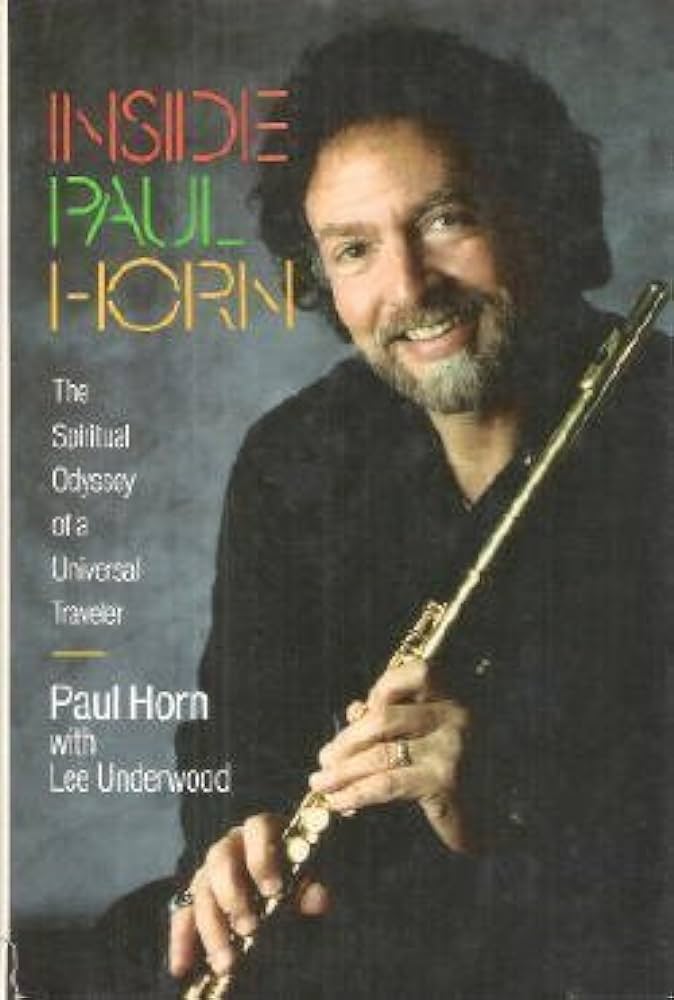 Her obsession with practicing deep meditation resulted in her lapsing into what has been described as a catatonic state. American flautist Paul Horn, who was also present at this time, remembers: “She was ashen-white and didn't recognize anybody. She didn't even recognize her own brother, who was on the course with her. The only person she showed any slight recognition towards was Maharishi. We were all very concerned about her and Maharishi assigned her a full-time nurse.” Her obsession with practicing deep meditation resulted in her lapsing into what has been described as a catatonic state. American flautist Paul Horn, who was also present at this time, remembers: “She was ashen-white and didn't recognize anybody. She didn't even recognize her own brother, who was on the course with her. The only person she showed any slight recognition towards was Maharishi. We were all very concerned about her and Maharishi assigned her a full-time nurse.”
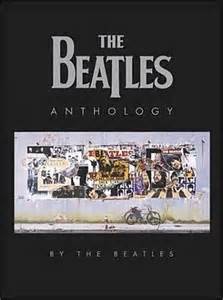 Since Prudence was staying in the same building as The Beatles, they naturally were concerned. In the book "Beatles Anthology," Ringo recalls: “We saw her twice in the two weeks I was there. Everyone would be banging on the door: 'Are you still alive?'” Paul recounts: “We all got a little bit worried about her, so we went up there and knocked, 'Hi, Prudence. We all love you. You're wonderful!' But nobody could persuade her out.” John explained: “They selected me and George to try and bring her out because she would trust us. We got her out of the house – she'd been locked in for three weeks and wouldn't come out. She was trying to find God quicker than anyone else. That was the competition in Maharishi's camp: who was going to get cosmic first. What I didn't know was that I was already cosmic (laughs).” Since Prudence was staying in the same building as The Beatles, they naturally were concerned. In the book "Beatles Anthology," Ringo recalls: “We saw her twice in the two weeks I was there. Everyone would be banging on the door: 'Are you still alive?'” Paul recounts: “We all got a little bit worried about her, so we went up there and knocked, 'Hi, Prudence. We all love you. You're wonderful!' But nobody could persuade her out.” John explained: “They selected me and George to try and bring her out because she would trust us. We got her out of the house – she'd been locked in for three weeks and wouldn't come out. She was trying to find God quicker than anyone else. That was the competition in Maharishi's camp: who was going to get cosmic first. What I didn't know was that I was already cosmic (laughs).”
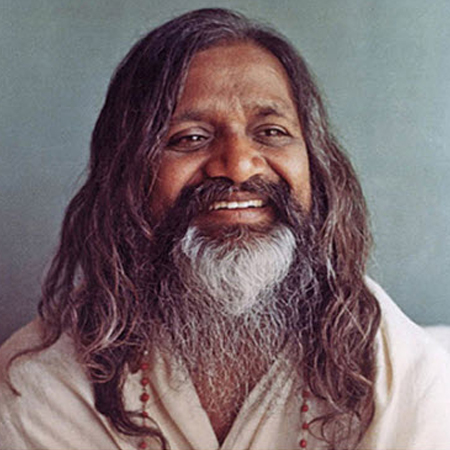 After being coaxed out, the Maharishi organized a discussion group that included her along with John and George. “We talked about the things we were all going through," Prudence remembers. "We were questioning reality, asking questions about who we were and what was going on. I liked them and I think they liked me.” Although she was present when The Beatles, Donovan and others were jamming on their guitars, she apparently didn't hear anyone play the song to her at the time. “George was the one who told me about it,” she remembers. “At the end of the course, just as they were leaving, he mentioned that they had written a song about me but I didn't hear it until it came out on the album. I was flattered. It was a beautiful thing to have done." After being coaxed out, the Maharishi organized a discussion group that included her along with John and George. “We talked about the things we were all going through," Prudence remembers. "We were questioning reality, asking questions about who we were and what was going on. I liked them and I think they liked me.” Although she was present when The Beatles, Donovan and others were jamming on their guitars, she apparently didn't hear anyone play the song to her at the time. “George was the one who told me about it,” she remembers. “At the end of the course, just as they were leaving, he mentioned that they had written a song about me but I didn't hear it until it came out on the album. I was flattered. It was a beautiful thing to have done."
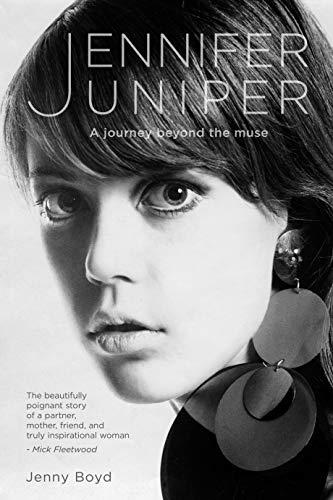 Pattie Harrison's sister Jenny Boyd, also in attendance with them in India, relates the events in greater detail in her book "Jennifer Juniper." "Mia's sister, Prudence, had a room in our block, opposite my room. One evening, after George and our young meditator friend, Richard, had been chatting with her, they noticed something was wrong. They walked her to her room but the following morning nobody could rouse her out of a trance. We knew she'd been doing extensive meditations, non-stop, and wondered if she'd gone too far. One by one, we walked into Prudence's room, trying to bring her back to normal. But she continued to sit bolt upright, cross-legged on top of her bed, and staring into oblivion. John went in with his guitar and played for her 'Dear Prudence'...I went in with the flute I'd bought in San Francisco and made some sounds, but it was all to no avail. Prudence looked as though she was locked inside herself." Pattie Harrison's sister Jenny Boyd, also in attendance with them in India, relates the events in greater detail in her book "Jennifer Juniper." "Mia's sister, Prudence, had a room in our block, opposite my room. One evening, after George and our young meditator friend, Richard, had been chatting with her, they noticed something was wrong. They walked her to her room but the following morning nobody could rouse her out of a trance. We knew she'd been doing extensive meditations, non-stop, and wondered if she'd gone too far. One by one, we walked into Prudence's room, trying to bring her back to normal. But she continued to sit bolt upright, cross-legged on top of her bed, and staring into oblivion. John went in with his guitar and played for her 'Dear Prudence'...I went in with the flute I'd bought in San Francisco and made some sounds, but it was all to no avail. Prudence looked as though she was locked inside herself."
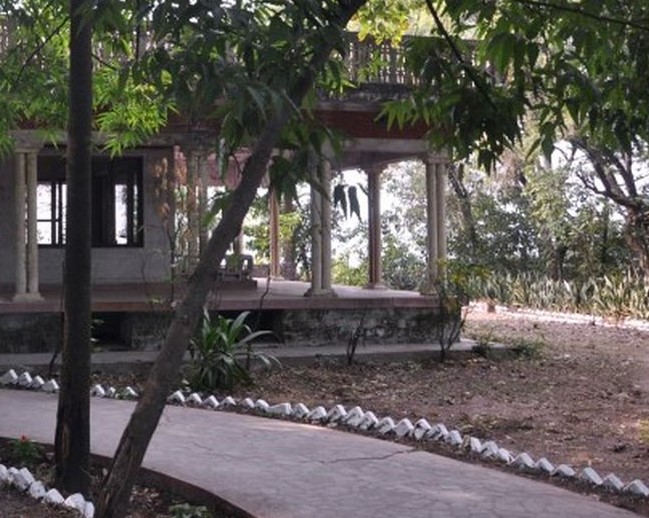 Jenny continues: "Her condition got worse and the following night she completely flipped out, shouting, throwing things around and screaming. She was taken to Maharishi's bungalow and from there was moved to block 1 in the last row of the bungalows. A private nurse stayed with her around the clock and in the doorway stood one of the guards. We heard later that her condition was possibly more to do with the psychedelic drugs she'd taken before becoming a meditator, but even so, after this incident Maharishi advised us to take breaks in between long meditations." Jenny continues: "Her condition got worse and the following night she completely flipped out, shouting, throwing things around and screaming. She was taken to Maharishi's bungalow and from there was moved to block 1 in the last row of the bungalows. A private nurse stayed with her around the clock and in the doorway stood one of the guards. We heard later that her condition was possibly more to do with the psychedelic drugs she'd taken before becoming a meditator, but even so, after this incident Maharishi advised us to take breaks in between long meditations."
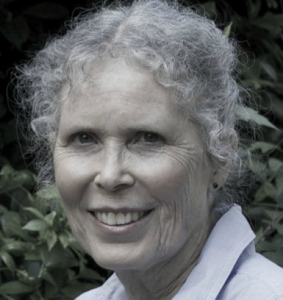 The "'White Album' 50th Anniversary" book explains: "Unlike The Beatles, Prudence (Farrow) completed the course to become a qualified teacher of Transcendental Meditation. In addition to teaching and academic studies - she holds BA, MA and PhD degrees - she has been involved in the production of various theatrical and film projects. In the prologue to her memoir, she advises that: 'My generation is passing the mantle. Practice meditation. Create a better, peaceful world starting with yourself.'” The "'White Album' 50th Anniversary" book explains: "Unlike The Beatles, Prudence (Farrow) completed the course to become a qualified teacher of Transcendental Meditation. In addition to teaching and academic studies - she holds BA, MA and PhD degrees - she has been involved in the production of various theatrical and film projects. In the prologue to her memoir, she advises that: 'My generation is passing the mantle. Practice meditation. Create a better, peaceful world starting with yourself.'”
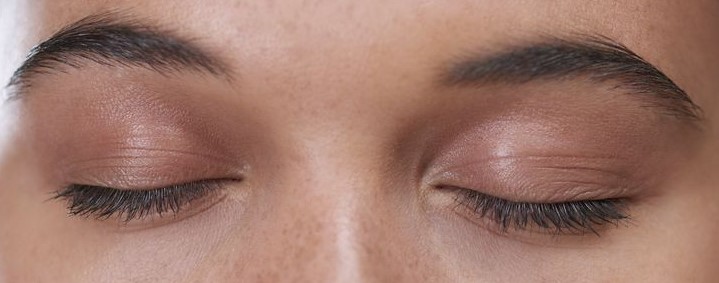 Both John and Paul have concurred that the song was a full Lennon composition written entirely in India. The picturesque lyrics fully come to life once its inspiration is known. John's encouragement to “open up your eyes” has even fuller meaning when considering the closed-eyed meditative state Prudence was heavily engaged in. The natural beauty of nature that could be enjoyed by her is expressed vividly, such as in the lines “the sun is up, the sky is blue” and “the clouds will be a daisy chain.” Even a touch of eastern spiritual beliefs are included in the line “the birds will sing that you're a part of everything.” Both John and Paul have concurred that the song was a full Lennon composition written entirely in India. The picturesque lyrics fully come to life once its inspiration is known. John's encouragement to “open up your eyes” has even fuller meaning when considering the closed-eyed meditative state Prudence was heavily engaged in. The natural beauty of nature that could be enjoyed by her is expressed vividly, such as in the lines “the sun is up, the sky is blue” and “the clouds will be a daisy chain.” Even a touch of eastern spiritual beliefs are included in the line “the birds will sing that you're a part of everything.”
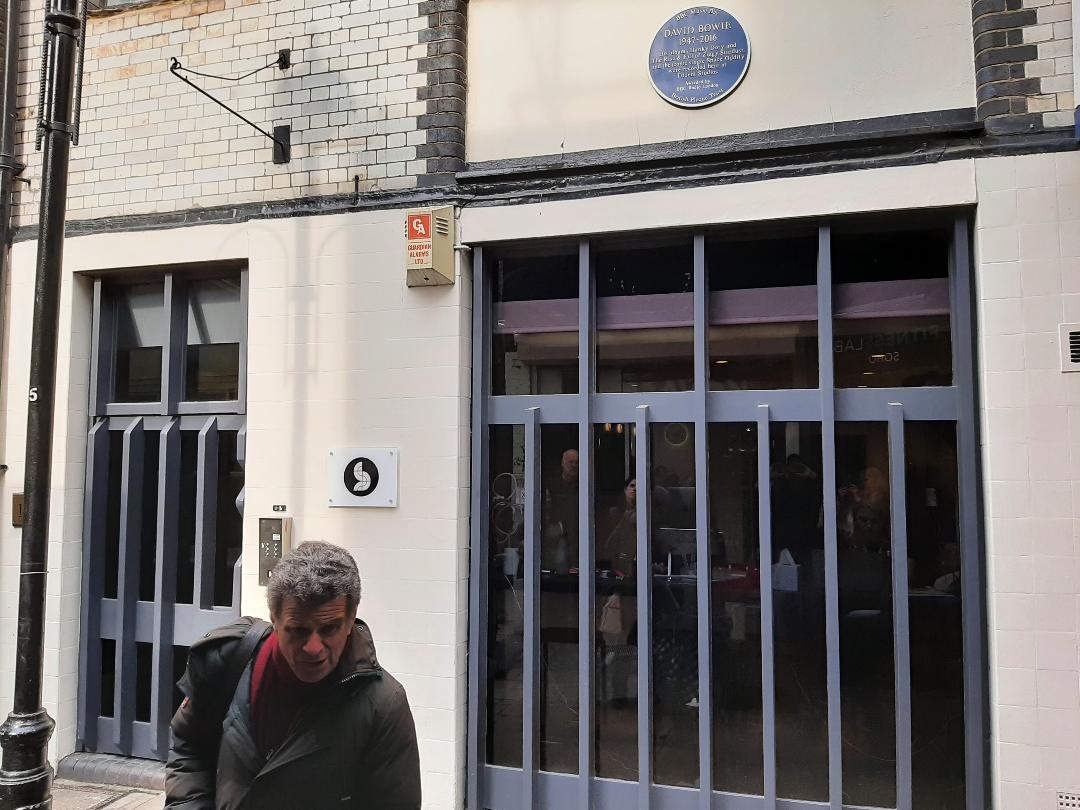
The former Trident Studios, London, where The Beatles recorded "Dear Prudence." (Beatles tour guide and author Richard Porter pictured here.)
Recording History
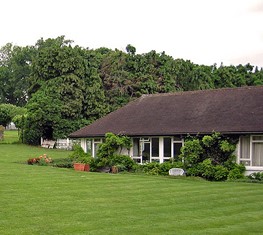 "Dear Prudence was first committed to tape on May 29th, 1968 as a demo recording at 'Kinfauns,' George Harrison's bungalow home in Esher, Surrey. The Beatles met there on the 28th and 29th of the month to record demos of the songs they had individually written during their stay in India, the purpose of these recordings being to introduce the songs to the rest of the group and give themselves a better idea of how to officially record them, the first EMI recording session for the new album being the following day, May 30th. George Harrison had an Ampex four-track machine which was utilized for these demo recordings. "Dear Prudence was first committed to tape on May 29th, 1968 as a demo recording at 'Kinfauns,' George Harrison's bungalow home in Esher, Surrey. The Beatles met there on the 28th and 29th of the month to record demos of the songs they had individually written during their stay in India, the purpose of these recordings being to introduce the songs to the rest of the group and give themselves a better idea of how to officially record them, the first EMI recording session for the new album being the following day, May 30th. George Harrison had an Ampex four-track machine which was utilized for these demo recordings.
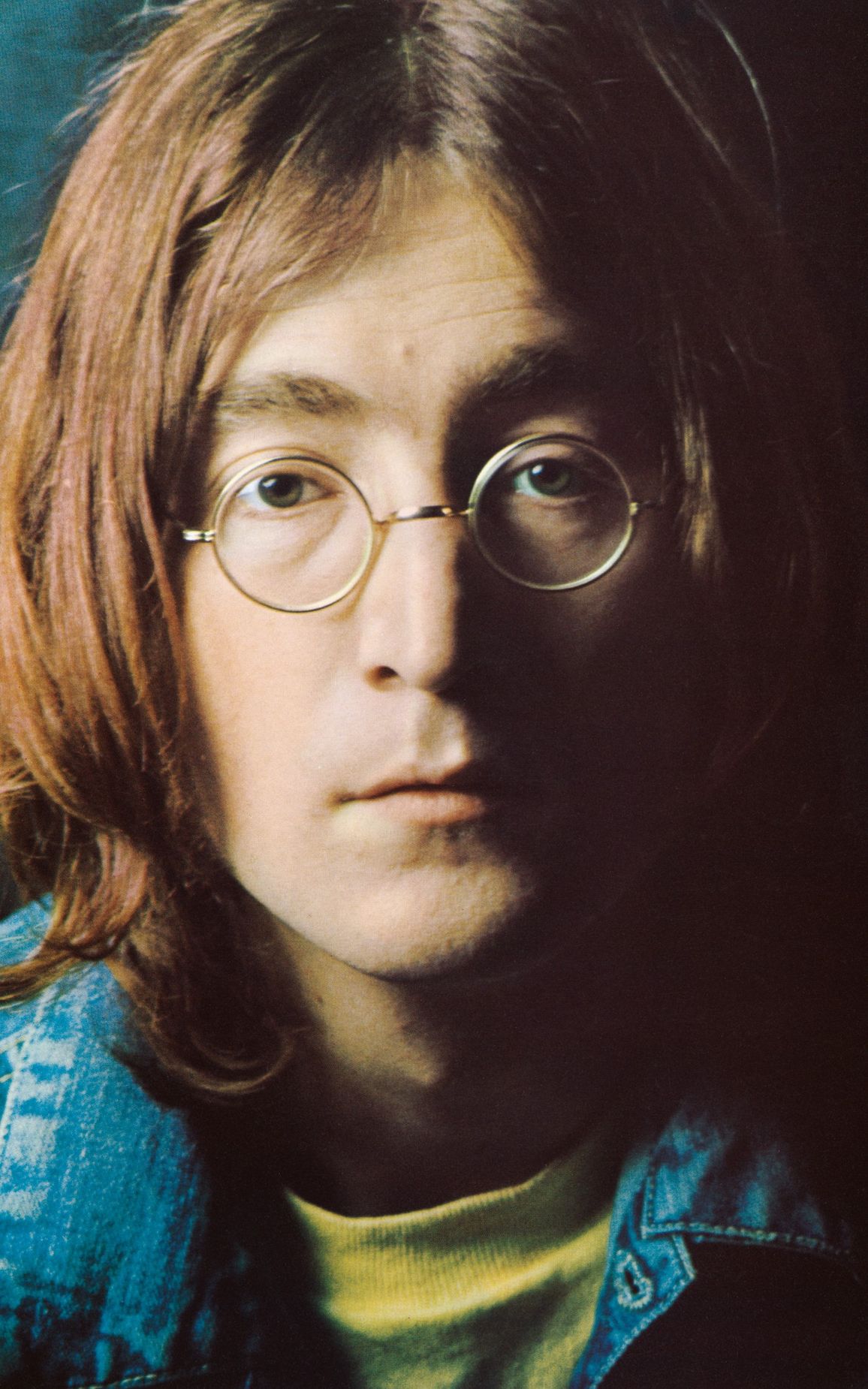 This recording of “Dear Prudence” appears to be a solo performance by John Lennon on acoustic guitar and vocals, double-tracking his guitar as well as his vocals, although other Beatles are faintly heard vocally toward the end of the song. This demo shows that John had the bulk of the lyrics and musical arrangement already figured out, there hardly being any difference from the finished version as we know it. Some minor differences include the lyric “sleeping child” in the third verse instead of “little child” as in the finished version. This line also appears in the original handwritten lyric sheet, which stipulates that this was the 13th song that John wrote while in India. The demo recording also includes a repeat of the “look around, round” bridge after the third verse, a faster tempo on the final verse, and a continuation of the verse guitar passage at the song's conclusion instead of a repeat of the guitar introduction as on the released version. This recording of “Dear Prudence” appears to be a solo performance by John Lennon on acoustic guitar and vocals, double-tracking his guitar as well as his vocals, although other Beatles are faintly heard vocally toward the end of the song. This demo shows that John had the bulk of the lyrics and musical arrangement already figured out, there hardly being any difference from the finished version as we know it. Some minor differences include the lyric “sleeping child” in the third verse instead of “little child” as in the finished version. This line also appears in the original handwritten lyric sheet, which stipulates that this was the 13th song that John wrote while in India. The demo recording also includes a repeat of the “look around, round” bridge after the third verse, a faster tempo on the final verse, and a continuation of the verse guitar passage at the song's conclusion instead of a repeat of the guitar introduction as on the released version.
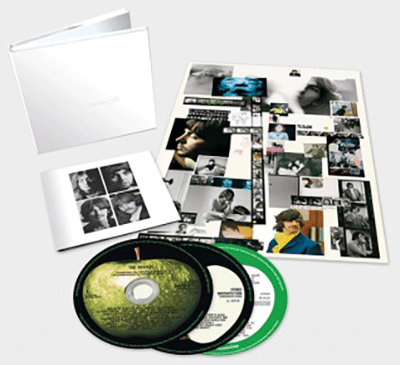 Interestingly, during John's vocal double-tracking during the final verse on this demo, he starts singing “let me see you smile” instead of “come out to play,” this resulting in him exclaiming “whoops!” Also, during the final moments of this version, while the double-tracked guitars are still playing, John briefly explains the inspiration for the song. Among faint animal noises from the others, John recites: “Prudence was struck by notice in the middle of her mediatation course in Rishekesh, India. No one was to know that sooner or later she was to go completely berserk under the care of Maharishi Mahesh Yogi. All the people around her were very worried about the girl because she was going insane. So we sang to her. Thank you." This demo was officially released in 2018 on various 50th Anniversary editions of the "White Album." Interestingly, during John's vocal double-tracking during the final verse on this demo, he starts singing “let me see you smile” instead of “come out to play,” this resulting in him exclaiming “whoops!” Also, during the final moments of this version, while the double-tracked guitars are still playing, John briefly explains the inspiration for the song. Among faint animal noises from the others, John recites: “Prudence was struck by notice in the middle of her mediatation course in Rishekesh, India. No one was to know that sooner or later she was to go completely berserk under the care of Maharishi Mahesh Yogi. All the people around her were very worried about the girl because she was going insane. So we sang to her. Thank you." This demo was officially released in 2018 on various 50th Anniversary editions of the "White Album."
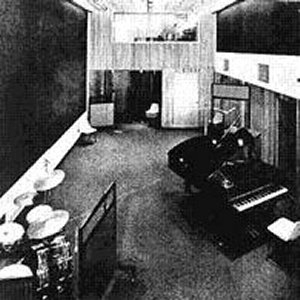 The Beatles didn't begin officially recording “Dear Prudence” until three months later, on August 28th, 1968. Having recently recorded “Hey Jude” on eight-track recording equipment at Trident Studios (EMI Studios not yet instituting eight-track capabilities at their facility), the group returned to Trident on this day to record John's ballad in a similar fashion, taking advantage of this new technology and procedure. As noted above, Ringo was still away at this time, so the other three Beatles arrived around 5 pm to start work on this new song. The Beatles didn't begin officially recording “Dear Prudence” until three months later, on August 28th, 1968. Having recently recorded “Hey Jude” on eight-track recording equipment at Trident Studios (EMI Studios not yet instituting eight-track capabilities at their facility), the group returned to Trident on this day to record John's ballad in a similar fashion, taking advantage of this new technology and procedure. As noted above, Ringo was still away at this time, so the other three Beatles arrived around 5 pm to start work on this new song.
 Documentation shows that only a single take (“take one”) was recorded at this time, but Mark Lewisohn's book “The Beatles Recording Sessions” explains that there was much more to the recording process on this day than one would think. “The eight-track facility meant that it could be recorded track by track, each one perfected over a number of times while simultaneously wiping previous attempts. This method of working makes the "take one" statistic look distinctly silly for, although it was just one take, it was innumerable recordings.” What is thought to have been recorded on this day was a basic track of John on his electric Epiphone Casino guitar (track 8), playing the distinctive finger-picking rhythm work heard throughout the song, George playing a distorted lead guitar part on his Gibson SG Standard (track 7), and Paul on drums (track 6). As evidenced on one of the "Sessions" CDs in the "'White Album' 50th Anniversary Super Deluxe" set, John filled various tracks of the tape with his finger-picking guitar, these being 'bounced' together onto track 8 sometime on this day. Documentation shows that only a single take (“take one”) was recorded at this time, but Mark Lewisohn's book “The Beatles Recording Sessions” explains that there was much more to the recording process on this day than one would think. “The eight-track facility meant that it could be recorded track by track, each one perfected over a number of times while simultaneously wiping previous attempts. This method of working makes the "take one" statistic look distinctly silly for, although it was just one take, it was innumerable recordings.” What is thought to have been recorded on this day was a basic track of John on his electric Epiphone Casino guitar (track 8), playing the distinctive finger-picking rhythm work heard throughout the song, George playing a distorted lead guitar part on his Gibson SG Standard (track 7), and Paul on drums (track 6). As evidenced on one of the "Sessions" CDs in the "'White Album' 50th Anniversary Super Deluxe" set, John filled various tracks of the tape with his finger-picking guitar, these being 'bounced' together onto track 8 sometime on this day.
Since the session didn't end until 7 am the following morning, it appears that each of these elements took quite a few attempts before they were perfected to everyone's satisfaction. This Trident session ended up costing EMI a total of 431 pounds for studio time, engineer's overtime and blank tape, a cost that would have been just an in-house accounting procedure had they recorded at EMI on this day as usual.
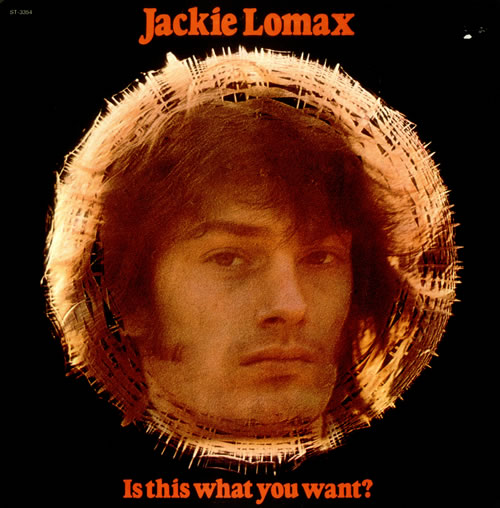 The next day (or should we say, later that day), August 29th, 1968, they returned to Trident Studios at 7 pm to perform more overdubs on the song. Paul recorded his bass guitar part along with John on tambourine (track 5), and John recorded his lead vocals, manually double-tracking them afterwards (track 3). Then, the group recruited others present on this day, namely Mal Evans, Paul's visiting cousin John McCartney, and newly signed Apple artist Jackie Lomax, to help out in recording backing vocals along with Paul, John and George (tracks 1 and 2). They also joined in providing handclaps at one point, Mal Evans in the process even providing some tambourine shaking which made it onto the finished product. All participants in these background vocals and handclaps then broke out in applause during the final moments of the song, although this was eventually faded out of both the mono and stereo mixes. By 6 am the following morning, the session was finally complete. The next day (or should we say, later that day), August 29th, 1968, they returned to Trident Studios at 7 pm to perform more overdubs on the song. Paul recorded his bass guitar part along with John on tambourine (track 5), and John recorded his lead vocals, manually double-tracking them afterwards (track 3). Then, the group recruited others present on this day, namely Mal Evans, Paul's visiting cousin John McCartney, and newly signed Apple artist Jackie Lomax, to help out in recording backing vocals along with Paul, John and George (tracks 1 and 2). They also joined in providing handclaps at one point, Mal Evans in the process even providing some tambourine shaking which made it onto the finished product. All participants in these background vocals and handclaps then broke out in applause during the final moments of the song, although this was eventually faded out of both the mono and stereo mixes. By 6 am the following morning, the session was finally complete.
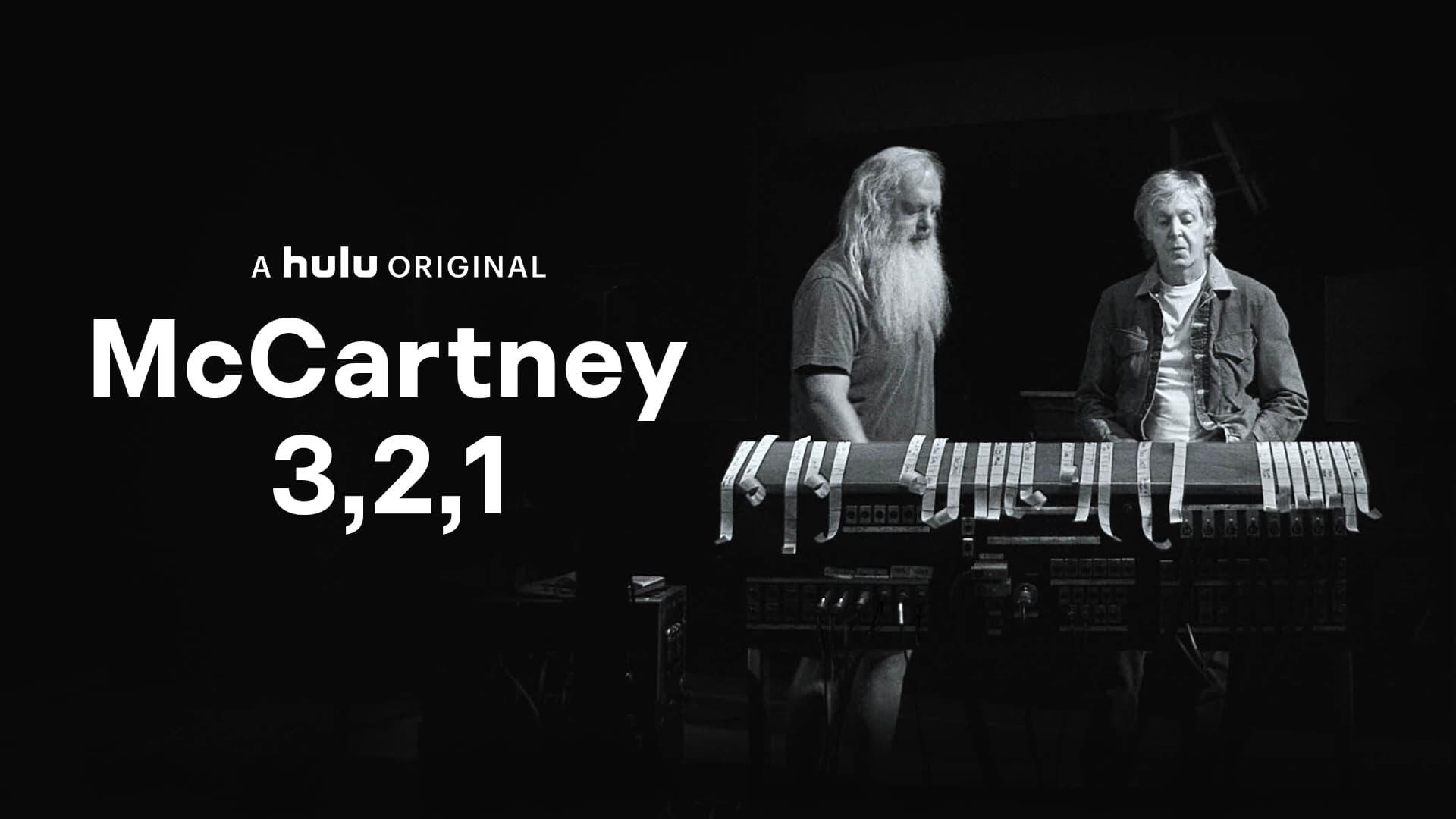 Regarding the unique sound of the bass overdub performed on this day, Paul states in his 2021 Hulu documentary series "McCartney 3,2,1" that it has "an interesting tone 'cause of the treble...I liked to do that, y'know. We used a pick and you get that very treble end, but then you get the bass as well." And regarding the long held harmonies heard in the song that were recorded during this session, Paul adds, "I think that was like a challenge, if you could hold the note that long. Yeah, it was just, y'know, it's like you wanted it to go right through. We could have stopped it halfway, taken a breath, but it was like, mischief, y'know. 'Let's see if we can try and hold it.' That high note is me. Yeah, I remember that we would do that, and it'd be like, 'It's so long, that.' 'Yeah, but you can do it.' 'No we can't, it's too long.' 'Let's try it' and, y'know, you're playing around...so you're pushing yourself." Regarding the unique sound of the bass overdub performed on this day, Paul states in his 2021 Hulu documentary series "McCartney 3,2,1" that it has "an interesting tone 'cause of the treble...I liked to do that, y'know. We used a pick and you get that very treble end, but then you get the bass as well." And regarding the long held harmonies heard in the song that were recorded during this session, Paul adds, "I think that was like a challenge, if you could hold the note that long. Yeah, it was just, y'know, it's like you wanted it to go right through. We could have stopped it halfway, taken a breath, but it was like, mischief, y'know. 'Let's see if we can try and hold it.' That high note is me. Yeah, I remember that we would do that, and it'd be like, 'It's so long, that.' 'Yeah, but you can do it.' 'No we can't, it's too long.' 'Let's try it' and, y'know, you're playing around...so you're pushing yourself."
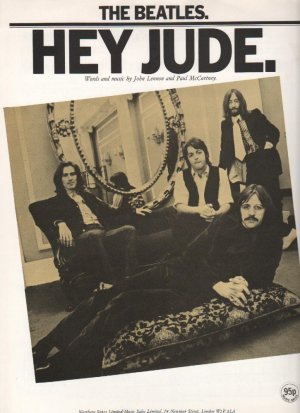 The following evening (or later that evening), August 30th, 1968, which happened to be the same day as the British release of their single “Hey Jude,” the three Beatles once again returned to Trident Studios to put the finishing touches on “Dear Prudence.” Onto the one remaining track (track 4), George played another guitar part, including a segment in the last verse which copied his previous part in a higher octave. This final track also contained Paul on piano and, probably because the instrument happened to be lying around in the studio, a brief snippet of flugelhorn during the bridge of the song, this also played by Paul when he wasn't on the piano. The session was complete by 11 pm, and so was the recording of “Dear Prudence.” The following evening (or later that evening), August 30th, 1968, which happened to be the same day as the British release of their single “Hey Jude,” the three Beatles once again returned to Trident Studios to put the finishing touches on “Dear Prudence.” Onto the one remaining track (track 4), George played another guitar part, including a segment in the last verse which copied his previous part in a higher octave. This final track also contained Paul on piano and, probably because the instrument happened to be lying around in the studio, a brief snippet of flugelhorn during the bridge of the song, this also played by Paul when he wasn't on the piano. The session was complete by 11 pm, and so was the recording of “Dear Prudence.”
 The first mono mix of the song was done at Trident Studios on October 5th, 1968, by George Martin and engineer Barry Sheffield, along with the songs “Honey Pie” and “Martha My Dear,” which had also been recorded at Trident around that time. This mix was made, undoubtedly, because the master tape was still in the possession of Trident Studios. However, it was never released, being improved upon once the master tape was later handed over to EMI Studios. The first mono mix of the song was done at Trident Studios on October 5th, 1968, by George Martin and engineer Barry Sheffield, along with the songs “Honey Pie” and “Martha My Dear,” which had also been recorded at Trident around that time. This mix was made, undoubtedly, because the master tape was still in the possession of Trident Studios. However, it was never released, being improved upon once the master tape was later handed over to EMI Studios.
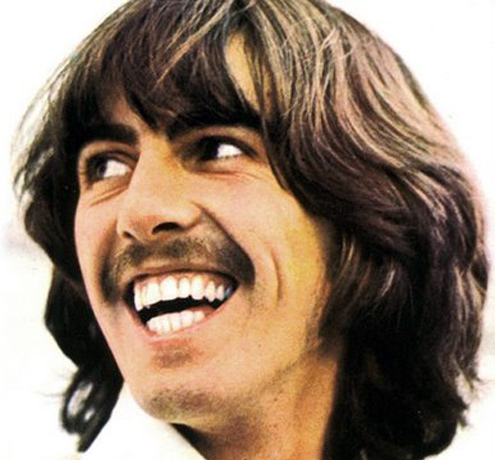 The song was touched on once again briefly on October 7th, 1968, in EMI Studio Two during a 16 1/2 hour session used primarily for recording George's composition "Long Long Long." As outlined in Mark Lewisohn's book "The Beatles Recording Sessions," George was "in a happy mood throughout, laughing, joking and bursting into busked versions of other songs, including 'Dear Prudence.'" This was never released, but is evidence that the recording of the "White Album" wasn't all tension and arguments like many believe. The song was touched on once again briefly on October 7th, 1968, in EMI Studio Two during a 16 1/2 hour session used primarily for recording George's composition "Long Long Long." As outlined in Mark Lewisohn's book "The Beatles Recording Sessions," George was "in a happy mood throughout, laughing, joking and bursting into busked versions of other songs, including 'Dear Prudence.'" This was never released, but is evidence that the recording of the "White Album" wasn't all tension and arguments like many believe.
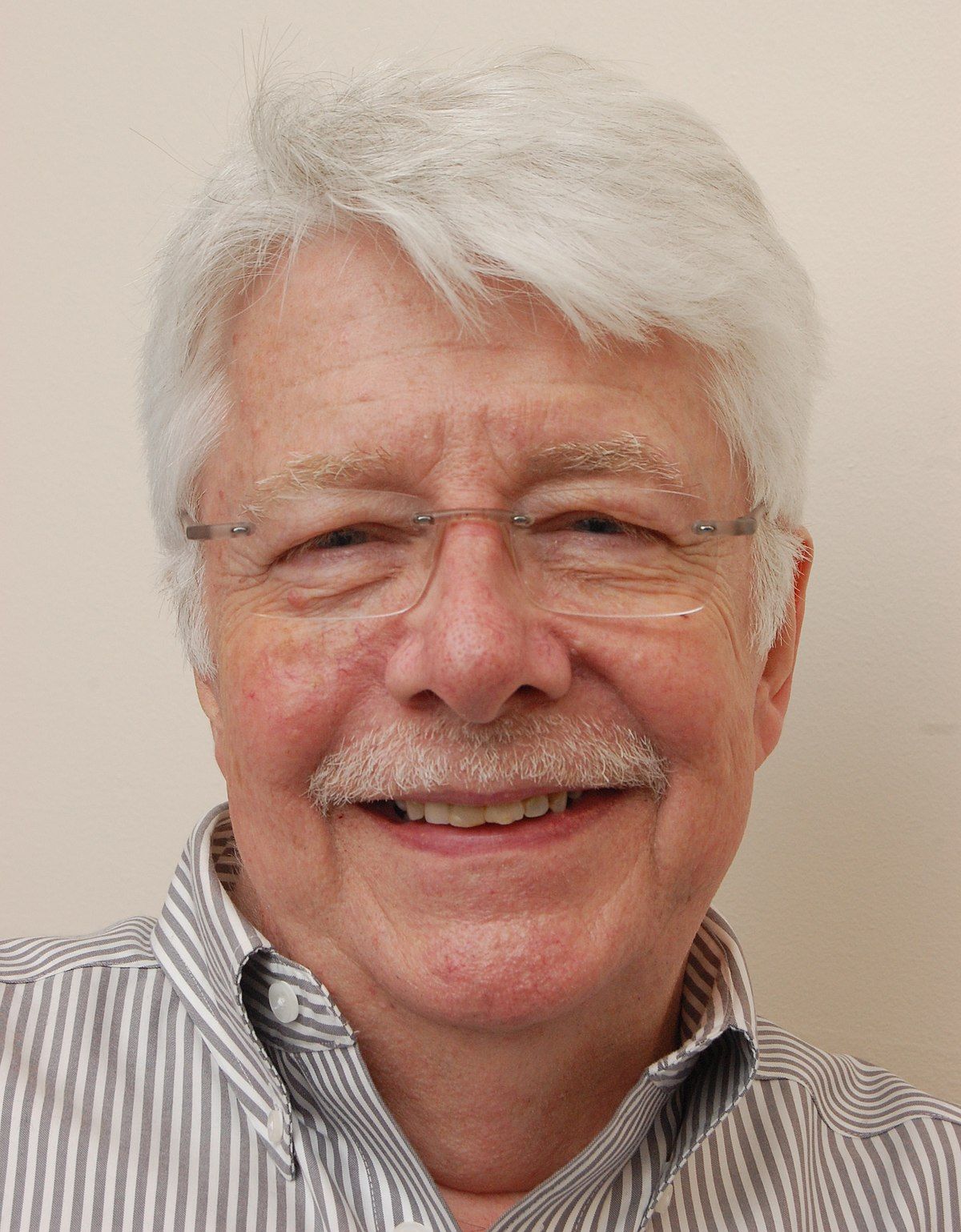 The master tape was received at EMI Studios as of October 13th, 1968, this day being when both the released stereo and mono mixes of “Dear Prudence” were created by George Martin and engineers Ken Scott and John Smith in the control room of EMI Studio Two. They only needed one try to get the stereo mix, which was done first, but then had a slightly harder time perfecting the mono mix, five attempts being made, presumably the fifth attempt being the keeper. The stereo mix has slightly more treble than the mono mix, and also fades to a lower volume during the song's conclusion. The master tape was received at EMI Studios as of October 13th, 1968, this day being when both the released stereo and mono mixes of “Dear Prudence” were created by George Martin and engineers Ken Scott and John Smith in the control room of EMI Studio Two. They only needed one try to get the stereo mix, which was done first, but then had a slightly harder time perfecting the mono mix, five attempts being made, presumably the fifth attempt being the keeper. The stereo mix has slightly more treble than the mono mix, and also fades to a lower volume during the song's conclusion.
Interestingly, The Beatles did run through a rough version of “Dear Prudence" on January 10th, 1969, during their filmed rehearsals at Twickenham Film Studios for what became their movie “Let It Be.” Needless to say, this version was never officially released in any way, shape or form.
 Sometime between 2004 and 2006, George Martin and his son Giles Martin returned to the master tapes of “Dear Prudence” to capture elements of the recording for creating a track entitled “Come Together/Dear Prudence/Cry Baby Cry (Transition),” this track being included on the highly successful album “Love.” During the conclusion of the song “Come Together,” they superimposed the lead vocal-less final verse of “Dear Prudence” which appears to fit perfectly given its similar tempo and key. They also incorporated a bit of Paul's high piano tinkling from "Dear Prudence" on the track "The Fool On The Hill," which was only made available as a bonus track on the iTunes version of the "Love" album. Sometime between 2004 and 2006, George Martin and his son Giles Martin returned to the master tapes of “Dear Prudence” to capture elements of the recording for creating a track entitled “Come Together/Dear Prudence/Cry Baby Cry (Transition),” this track being included on the highly successful album “Love.” During the conclusion of the song “Come Together,” they superimposed the lead vocal-less final verse of “Dear Prudence” which appears to fit perfectly given its similar tempo and key. They also incorporated a bit of Paul's high piano tinkling from "Dear Prudence" on the track "The Fool On The Hill," which was only made available as a bonus track on the iTunes version of the "Love" album.
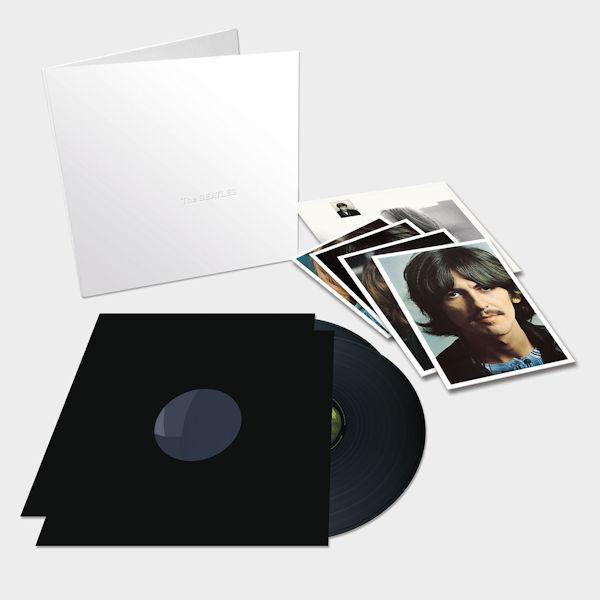 Also, sometime in 2018, Giles Martin and engineer Sam Okell returned to the master tape of "Dear Prudence" to create a new stereo mix of the song for the various editions of the "White Album" 50th Anniversay. The vibrant and engaging new mix of the song, with Paul's bass booming out like never before, was also accompanied by two new "Dear Prudence" mixes for official release. The Esher demo from May 29th, 1968 was painstakingly mixed, as was a version from the Trident master tape that combined only the tracks that contained John's guitars (track 8) and vocals (track 3) and Paul's excellent drums (track 6). A faint detection of Paul on piano and George on guitar (track 4) is also heard during the last verse, as is an overlapping guitar part from John at the song's conclusion, which undoubtedly was also contained on track 4 of the master tape. This mix concludes with John inquiring to George Martin, "Could I just do the last verse?" Also, sometime in 2018, Giles Martin and engineer Sam Okell returned to the master tape of "Dear Prudence" to create a new stereo mix of the song for the various editions of the "White Album" 50th Anniversay. The vibrant and engaging new mix of the song, with Paul's bass booming out like never before, was also accompanied by two new "Dear Prudence" mixes for official release. The Esher demo from May 29th, 1968 was painstakingly mixed, as was a version from the Trident master tape that combined only the tracks that contained John's guitars (track 8) and vocals (track 3) and Paul's excellent drums (track 6). A faint detection of Paul on piano and George on guitar (track 4) is also heard during the last verse, as is an overlapping guitar part from John at the song's conclusion, which undoubtedly was also contained on track 4 of the master tape. This mix concludes with John inquiring to George Martin, "Could I just do the last verse?"
Song Structure and Style
One can hardly expect a simpler structure for a Beatles song, this one having a 'verse/ verse/ bridge/ verse/ verse' format (or aabaa) with both an introduction and conclusion thrown in which are nearly identical. What gives "Dear Prudence" its complexity is its hypnotically meadering finger-picking rhythm guitar which propels the song in a lazy way while allowing the listener to comfortably enjoy the picturesque landscape of a spring day.
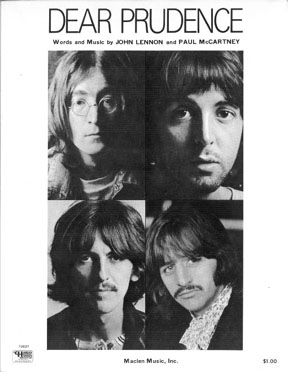 After the senses have been bombarded by the heart-thumping rock and roll of “Back In The U.S.S.R.,” the deafening screeching of a landing plane fades to reveal John's descending fingerpicking guitar work, urging us to relax for a nice leisurely ride. Slowly fading up in volume, the guitar goes from single-tracked to double-tracked as it approaches the key instrumental phrase that will be repeated throughout most of the verse. This descending guitar introduction is six measures long, although the screeching plane obscures the first measure somewhat, and segues without us even noticing into the first verse, which is fourteen measures long. After the senses have been bombarded by the heart-thumping rock and roll of “Back In The U.S.S.R.,” the deafening screeching of a landing plane fades to reveal John's descending fingerpicking guitar work, urging us to relax for a nice leisurely ride. Slowly fading up in volume, the guitar goes from single-tracked to double-tracked as it approaches the key instrumental phrase that will be repeated throughout most of the verse. This descending guitar introduction is six measures long, although the screeching plane obscures the first measure somewhat, and segues without us even noticing into the first verse, which is fourteen measures long.
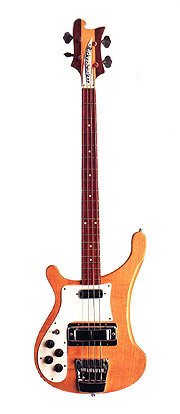 This first verse contains John's hypnotic double-tracked guitar passages throughout along with his double-tracked lead vocals. Paul adds simple one note bass notes on the three beat of each of the first eight measures, the tambourine also chiming in with an accompanying beat in the first and fifth measures as if to highlight whenever the word “Prudence” is sung. When John begins to double-up his vocal melody line in the ninth measure, Paul's drums appear for the first time with heavy emphasis on his riding hi-hat along with a rising and falling bass guitar part. The tambourine plays a beat in the gaps left in John's lyrics for the ninth and tenth measures (“the sun is up” beat “the sky is blue” beat...etc.), then putting in a seemingly random beat in the eleventh measure, which also is just after the word “Prudence” is sung. Then in the thirteenth measure, all elements suddenly disappear to reveal only John's double-tracked fingerpicking as heard before. Describing the added elements to John's simple guitar finger-picking ballad, Paul states in his "McCartney 3,2,1" documentary, "It's that juxtaposition thing again. It's really a little folk song." This first verse contains John's hypnotic double-tracked guitar passages throughout along with his double-tracked lead vocals. Paul adds simple one note bass notes on the three beat of each of the first eight measures, the tambourine also chiming in with an accompanying beat in the first and fifth measures as if to highlight whenever the word “Prudence” is sung. When John begins to double-up his vocal melody line in the ninth measure, Paul's drums appear for the first time with heavy emphasis on his riding hi-hat along with a rising and falling bass guitar part. The tambourine plays a beat in the gaps left in John's lyrics for the ninth and tenth measures (“the sun is up” beat “the sky is blue” beat...etc.), then putting in a seemingly random beat in the eleventh measure, which also is just after the word “Prudence” is sung. Then in the thirteenth measure, all elements suddenly disappear to reveal only John's double-tracked fingerpicking as heard before. Describing the added elements to John's simple guitar finger-picking ballad, Paul states in his "McCartney 3,2,1" documentary, "It's that juxtaposition thing again. It's really a little folk song."
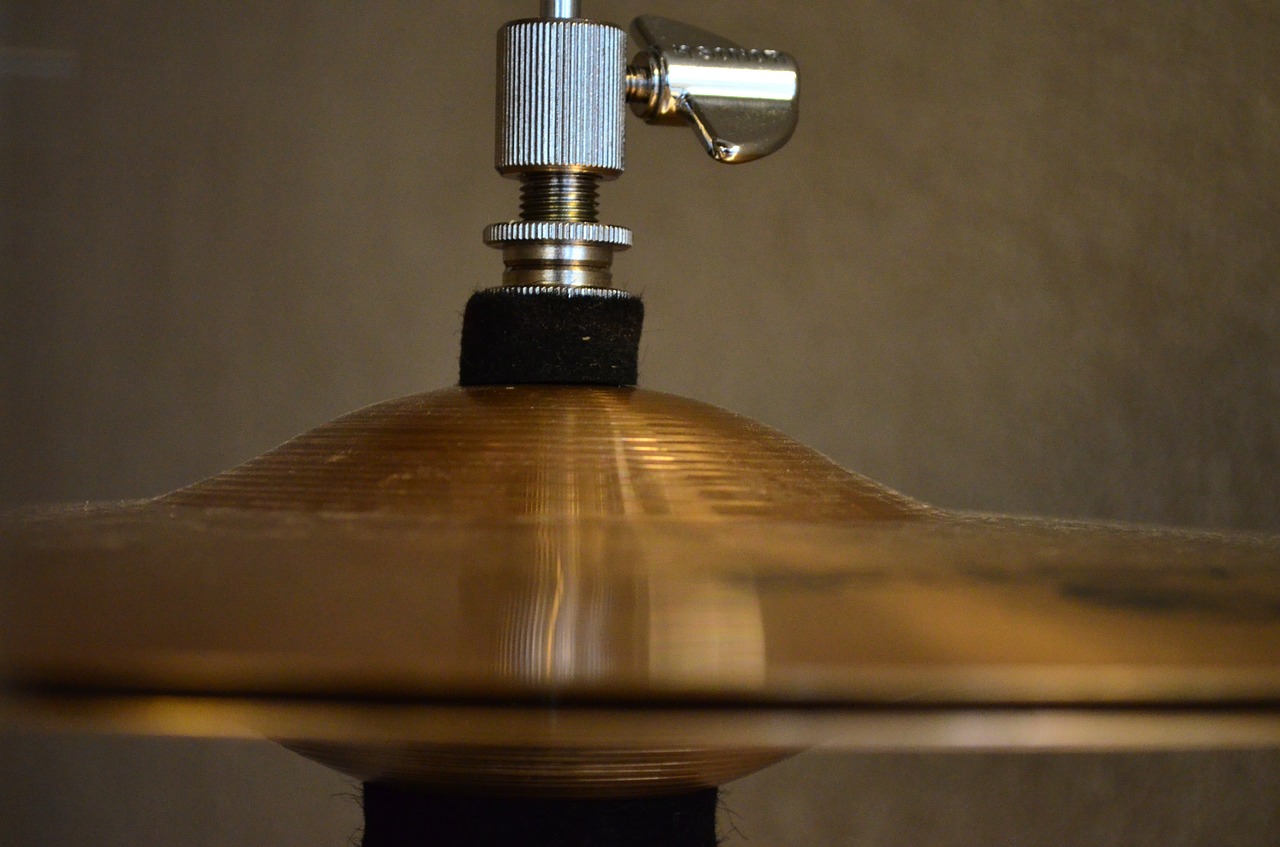 The second verse is also fourteen measures long and is melodically identical to the first, but with a variety of different elements added in. A simple 4/4 drum beat without a ride cymbal for the first through eighth measures along with the same rising and falling bass pattern heard in the first verse. A tambourine beat is heard on the three beat of measures one and five as in the first verse, once again highlighting the word “Prudence.” The same hi-hat heavy drum beat is played once again in measures nine through twelve while the rising and falling bass continues as well. The tambourine plays syncopated quarter-note beats during measures nine and ten, once again adding a single beat after the word “Prudence” in the eleventh measure. Another additional element here are the falsetto harmonies that stretch from the seventh measure (just after the lyric “sunny sky-ha-hi-hyyyy”) to the eleventh measure where they finally fall down and fade away. These falsetto harmonies reappear in the twelfth measure as a backdrop to the lyric “open up your eyes,” afterward fading away in the thirteenth measure along with the bass guitar and drums. The twelfth and thirteenth measures also premier Paul's piano overdub, playing three drawn out chords to accent the chord changes. George appears for the first time in the final two measures of this verse with a see-saw-like lower note guitar pattern as a backdrop to John's changing fingerpicking rhythm work. The second verse is also fourteen measures long and is melodically identical to the first, but with a variety of different elements added in. A simple 4/4 drum beat without a ride cymbal for the first through eighth measures along with the same rising and falling bass pattern heard in the first verse. A tambourine beat is heard on the three beat of measures one and five as in the first verse, once again highlighting the word “Prudence.” The same hi-hat heavy drum beat is played once again in measures nine through twelve while the rising and falling bass continues as well. The tambourine plays syncopated quarter-note beats during measures nine and ten, once again adding a single beat after the word “Prudence” in the eleventh measure. Another additional element here are the falsetto harmonies that stretch from the seventh measure (just after the lyric “sunny sky-ha-hi-hyyyy”) to the eleventh measure where they finally fall down and fade away. These falsetto harmonies reappear in the twelfth measure as a backdrop to the lyric “open up your eyes,” afterward fading away in the thirteenth measure along with the bass guitar and drums. The twelfth and thirteenth measures also premier Paul's piano overdub, playing three drawn out chords to accent the chord changes. George appears for the first time in the final two measures of this verse with a see-saw-like lower note guitar pattern as a backdrop to John's changing fingerpicking rhythm work.
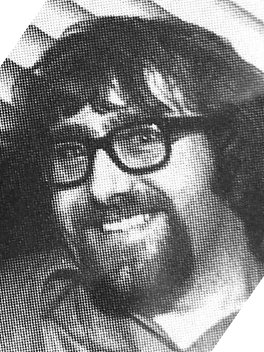 This moves nicely into the eight-measure bridge, which features a continuation of John's fingerpicking, George's lower note guitar pattern which is mimicked by Paul on bass, George's overdubbed lead guitar passages in the first four measures, a simple cymbal-less drum beat from Paul, simple one-note toots on a flugelhorn by Paul, and a rhythmic tambourine overdub. Two sets of harmonies are present here, one set featuring a low monotone group of voices repeating “round, round, round...” (undoubtedly including the voices of Mal Evans, John McCartney and Jackie Lomax) and a set that specifically harmonizes with John's “round, round” in the first measure and “round, round, round” in the third measure. Then the harmonies extend the word “round” in a rising and falling melody in the fifth through seventh measures. Of note here is the sixth measure, which is the only measure of the entire song that is in 2/4 instead of 4/4. The seventh and eighth measures are then identical to the final two measures of the first verse, as only John's double-tracked fingerpicking is heard. This moves nicely into the eight-measure bridge, which features a continuation of John's fingerpicking, George's lower note guitar pattern which is mimicked by Paul on bass, George's overdubbed lead guitar passages in the first four measures, a simple cymbal-less drum beat from Paul, simple one-note toots on a flugelhorn by Paul, and a rhythmic tambourine overdub. Two sets of harmonies are present here, one set featuring a low monotone group of voices repeating “round, round, round...” (undoubtedly including the voices of Mal Evans, John McCartney and Jackie Lomax) and a set that specifically harmonizes with John's “round, round” in the first measure and “round, round, round” in the third measure. Then the harmonies extend the word “round” in a rising and falling melody in the fifth through seventh measures. Of note here is the sixth measure, which is the only measure of the entire song that is in 2/4 instead of 4/4. The seventh and eighth measures are then identical to the final two measures of the first verse, as only John's double-tracked fingerpicking is heard.
 The third verse that follows is very similar to the second verse but with the addition of lead guitar work by George that worms it way around John's vocal melody line, filling in the open gaps as he goes. Also noticeable here is the addition of handclaps that are heard periodically throughout the verse. In the twelfth measure, we hear in the deep background what appear to be arpeggio-like chords from Paul on piano during the lyrics "won't you let me see you smile." The final two measures, however, change things up dramatically as John temporarily abandons his finger-picking and strums the chords in a more energetic fashion without raising the tempo (as he did in the demo). Paul starts playing a careless but interesting random pattern on the drums for these final measures as well. The third verse that follows is very similar to the second verse but with the addition of lead guitar work by George that worms it way around John's vocal melody line, filling in the open gaps as he goes. Also noticeable here is the addition of handclaps that are heard periodically throughout the verse. In the twelfth measure, we hear in the deep background what appear to be arpeggio-like chords from Paul on piano during the lyrics "won't you let me see you smile." The final two measures, however, change things up dramatically as John temporarily abandons his finger-picking and strums the chords in a more energetic fashion without raising the tempo (as he did in the demo). Paul starts playing a careless but interesting random pattern on the drums for these final measures as well.
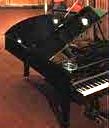 The fourth verse is lyrically a repeat of the first verse, but is extremely different musically and is actually fifteen measures long this time. Paul plays what results in a eight-measure drum solo while George double-tracks himself on an intricately worked-out rising lead guitar part, one guitar playing an octave above the other, this lead work stretching through the fourteenth measure. The tambourine and handclaps are going strong throughout the first fourteen measures as well, a high tinkling piano emerging in the third measure and lasting through to the eighth measure where Paul performs a climactic glissando down to the ninth measure. The fourth verse is lyrically a repeat of the first verse, but is extremely different musically and is actually fifteen measures long this time. Paul plays what results in a eight-measure drum solo while George double-tracks himself on an intricately worked-out rising lead guitar part, one guitar playing an octave above the other, this lead work stretching through the fourteenth measure. The tambourine and handclaps are going strong throughout the first fourteen measures as well, a high tinkling piano emerging in the third measure and lasting through to the eighth measure where Paul performs a climactic glissando down to the ninth measure.
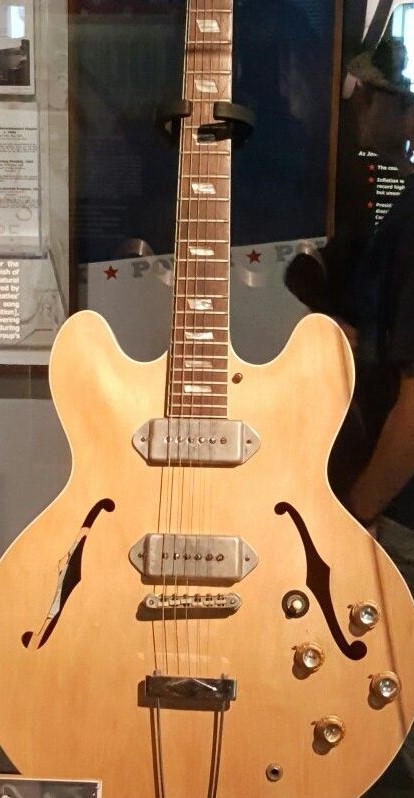 The ninth through twelfth measures feature John spacing out his lyrics into half time “the sun is up.......the sky is blue......” while the drums resort to a simple drum pattern accenting the snare on every quarter-note and the piano plays away rhythmically along with them. The fourteenth measure dramatically displays the exit of the majority of the elements of the song, revealing only John's fingerpicking guitar and lead vocals along with George's highest lead guitar harmony notes ringing out. One can also faintly hear an electric rhythm guitar part played by George from the original rhythm track finishing its final notes while one of his lead guitars fades away with him manually playing with the tone switch of the guitar.
As everything falls away, a reprise of the descending fingerpicking introduction is then heard as the song's conclusion, performed single-tracked by John, which fades in volume as it descends the scale. After the dramatic climax of the final verse, we have a soft and satisfying landing. We are left off in the same way as we arrived, as if we are floating away on the same cloud we originally arrived on. The ninth through twelfth measures feature John spacing out his lyrics into half time “the sun is up.......the sky is blue......” while the drums resort to a simple drum pattern accenting the snare on every quarter-note and the piano plays away rhythmically along with them. The fourteenth measure dramatically displays the exit of the majority of the elements of the song, revealing only John's fingerpicking guitar and lead vocals along with George's highest lead guitar harmony notes ringing out. One can also faintly hear an electric rhythm guitar part played by George from the original rhythm track finishing its final notes while one of his lead guitars fades away with him manually playing with the tone switch of the guitar.
As everything falls away, a reprise of the descending fingerpicking introduction is then heard as the song's conclusion, performed single-tracked by John, which fades in volume as it descends the scale. After the dramatic climax of the final verse, we have a soft and satisfying landing. We are left off in the same way as we arrived, as if we are floating away on the same cloud we originally arrived on.
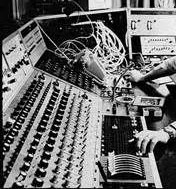 John must have known that he had something of great potential with “Dear Prudence,” insisting on recording it at Trident Studios with their eight-track capabilities in order to inspire them to a perfect arrangement and performance. All three Beatles involved were at their best, John's excellently performed and newly perfected guitar chops being put to good use. His vocal work was also convincingly done, his concern for his subject coming through nicely along with his spot-on depictions of the beauty of nature. Paul, as usual, was up to the challenge of adding as many elements as possible to give the track the attention it deserved. George didn't shy away from working hard at perfecting his craft, undoubtedly recognizing the song's potential and giving it his all. John must have known that he had something of great potential with “Dear Prudence,” insisting on recording it at Trident Studios with their eight-track capabilities in order to inspire them to a perfect arrangement and performance. All three Beatles involved were at their best, John's excellently performed and newly perfected guitar chops being put to good use. His vocal work was also convincingly done, his concern for his subject coming through nicely along with his spot-on depictions of the beauty of nature. Paul, as usual, was up to the challenge of adding as many elements as possible to give the track the attention it deserved. George didn't shy away from working hard at perfecting his craft, undoubtedly recognizing the song's potential and giving it his all.
American Releases
"Dear Prudence" earned its place in the hearts of Beatles' fans as a highly respected album track on their double album "The Beatles," popularly known as the "White Album," which was released in the US on November 25th, 1968. It was released on compact disc for the first time on August 24th, 1987, then was re-released as a 30th Anniversary limited edition on November 23rd, 1998, then as a remastered CD on September 9th, 2009. Its original vinyl release in 1968 was only in stereo since mono albums had been phased out in the US by that time. However, the vinyl album did finally get an individual mono vinyl album release in America on September 9th, 2014, this set achieving a five star review in Rolling Stone magazine just after its release. An excellent new stereo mix, created by Giles Martin and Sam Okell, was released on vinyl on November 9th, 2018.
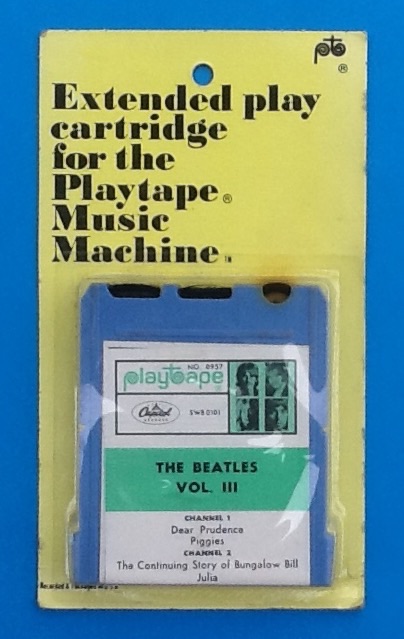 Sometime in 1969, Capitol Records released the "White Album" on a brand new but short-lived format called "Playtapes." These tape cartridges did not have the capability to include entire albums, so five volumes of "Playtapes" were released so that the majority of the tracks from this double-album would be available in this portable format. "Dear Prudence" was included on the "Playtape" entitled "The Beatles Vol. III." These "Playtapes" are highly collectable today. Sometime in 1969, Capitol Records released the "White Album" on a brand new but short-lived format called "Playtapes." These tape cartridges did not have the capability to include entire albums, so five volumes of "Playtapes" were released so that the majority of the tracks from this double-album would be available in this portable format. "Dear Prudence" was included on the "Playtape" entitled "The Beatles Vol. III." These "Playtapes" are highly collectable today.
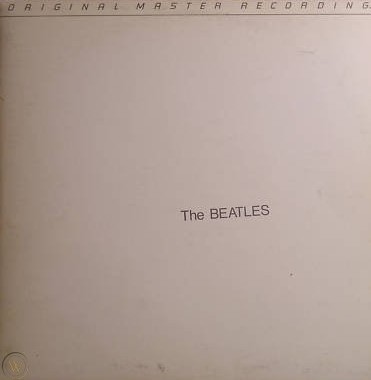 An interesting US vinyl edition of the “White Album” was released on January 7th, 1982, this being manufactured by Mobile Fidelity Sound Lab in Chatsworth, California as part of their "Original Master Recording" series. Their practice was to prepare a new master utilizing half-speed mastering technology from the original master tapes, in this case using the leased sub-master from Capitol Records. This release, which sounded superior to all previous British and American pressings, was packaged in a non-embossed unnumbered cover that did not include the usual poster/lyric sheet or individual Beatles portraits as contained in standard releases. This nonetheless excellent edition of the album was only available for a short time and is quite collectible today. An interesting US vinyl edition of the “White Album” was released on January 7th, 1982, this being manufactured by Mobile Fidelity Sound Lab in Chatsworth, California as part of their "Original Master Recording" series. Their practice was to prepare a new master utilizing half-speed mastering technology from the original master tapes, in this case using the leased sub-master from Capitol Records. This release, which sounded superior to all previous British and American pressings, was packaged in a non-embossed unnumbered cover that did not include the usual poster/lyric sheet or individual Beatles portraits as contained in standard releases. This nonetheless excellent edition of the album was only available for a short time and is quite collectible today.
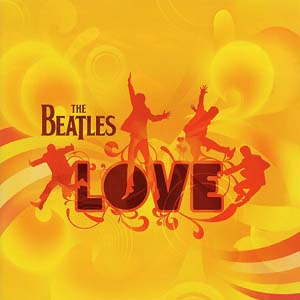 On November 20th, 2006, the compilation album “Love” was released which features a small section of “Dear Prudence” on the track “Come Together / Dear Prudence / Cry Baby Cry (Transition)” as described above. On November 20th, 2006, the compilation album “Love” was released which features a small section of “Dear Prudence” on the track “Come Together / Dear Prudence / Cry Baby Cry (Transition)” as described above.
The entire mono Beatles catalog was first released on September 9th, 2009 in the CD box set entitled “The Beatles In Mono,” which included the first official US release of the mono “White Album,” “Dear Prudence” being included therein. The vinyl edition of this box set was released on September 9th, 2014.
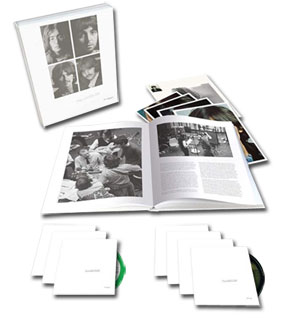 On November 9th, 2018, various 50th Anniversary editions of the "White Album" were released, the "Deluxe" 3CD and limited edition 4LP sets including the Esher demo made on May 29th, 1968. The "Super Deluxe" 6CD + 1Blu-ray edition also included the above mentioned "Vocal, guitar & drums" mix created from the Trident master tape. On November 9th, 2018, various 50th Anniversary editions of the "White Album" were released, the "Deluxe" 3CD and limited edition 4LP sets including the Esher demo made on May 29th, 1968. The "Super Deluxe" 6CD + 1Blu-ray edition also included the above mentioned "Vocal, guitar & drums" mix created from the Trident master tape.
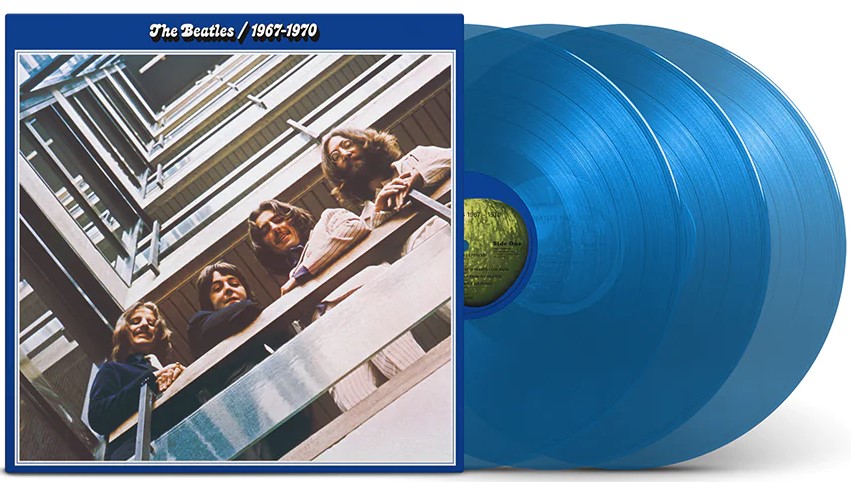 A 50th Anniversay edition of the compilation album "The Beatles / 1967 - 1970" (aka "The Blue Album") was released on November 10th, 2023. This expanded release included 12 additional songs for a total of 38 tracks, including the Giles Martin mix of "Dear Prudence" detailed above but featured here without the airplane sound effects trailing off from "Back In The U.S.S.R." as heard on the "White Album." This new edition of "The Blue Album" was made available as a double CD and as a triple vinyl release on both black and blue vinyl. A 50th Anniversay edition of the compilation album "The Beatles / 1967 - 1970" (aka "The Blue Album") was released on November 10th, 2023. This expanded release included 12 additional songs for a total of 38 tracks, including the Giles Martin mix of "Dear Prudence" detailed above but featured here without the airplane sound effects trailing off from "Back In The U.S.S.R." as heard on the "White Album." This new edition of "The Blue Album" was made available as a double CD and as a triple vinyl release on both black and blue vinyl.
Live Performances
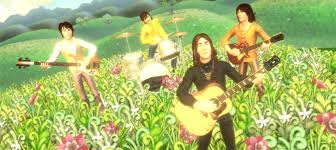 Unfortunately, neither The Beatles nor any individual member of the band has ventured to perform “Dear Prudence” in any live performance to date. However, just for fun, you might want to check out the animated video prepared for the song in the game “Rock Band,” which simulates what it would be like to watch The Beatles (including Ringo) record the song in the studio, interspersed with scenes of the group performing the song in a flowering meadow. Notice here, also, that the makers of this video went back to the original master tapes to put this together, John's countdown introduction and non-faded conclusion presented intact. That's probably the closest we're going to get to experiencing a live performance of “Dear Prudence.” Unfortunately, neither The Beatles nor any individual member of the band has ventured to perform “Dear Prudence” in any live performance to date. However, just for fun, you might want to check out the animated video prepared for the song in the game “Rock Band,” which simulates what it would be like to watch The Beatles (including Ringo) record the song in the studio, interspersed with scenes of the group performing the song in a flowering meadow. Notice here, also, that the makers of this video went back to the original master tapes to put this together, John's countdown introduction and non-faded conclusion presented intact. That's probably the closest we're going to get to experiencing a live performance of “Dear Prudence.”
Conclusion
While it is an interesting fact that both "Dear Prudence" and "Back In The U.S.S.R." were recorded with only three Beatles, the dynamic of John, Paul, George and Ringo is what needed to be maintained. Luckily, after nearly two weeks away in deep contemplation as to whether he wanted a Beatles future or not, Ringo decided to return.
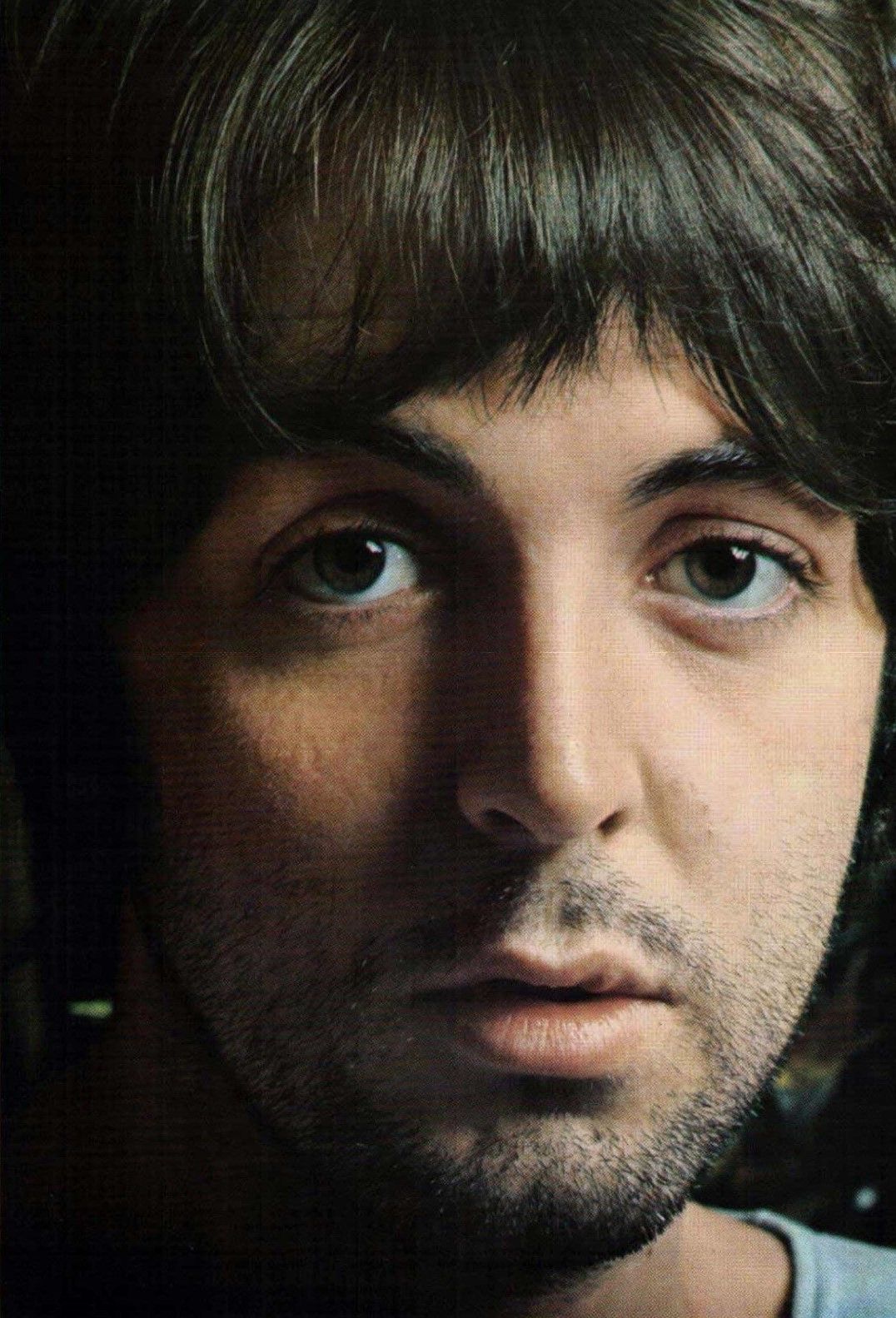 "That's what it's like in life,” Paul explained. “You go through life and you never stop and say: 'Hey, you know what? I think you're great.' You don't always tell your favorite drummer that he's your favorite. Ringo felt insecure and he left, so we told him, 'look, man, you are the best drummer in the world for us.' I still think that. He said 'thank you,' and I think he was pleased to hear it. We ordered millions of flowers and there was a big celebration to welcome him back to the studio.” "That's what it's like in life,” Paul explained. “You go through life and you never stop and say: 'Hey, you know what? I think you're great.' You don't always tell your favorite drummer that he's your favorite. Ringo felt insecure and he left, so we told him, 'look, man, you are the best drummer in the world for us.' I still think that. He said 'thank you,' and I think he was pleased to hear it. We ordered millions of flowers and there was a big celebration to welcome him back to the studio.”
Ringo remembers: “I got a telegram saying, 'You're the best rock'n'roll drummer in the world. Come on home, we love you.' And so I came back. We all needed that little shake-up. When I got back to the studio (on September 5th, 1968) I found George had had it decked out with flowers – there were flowers everywhere. I felt good about myself again, we'd got through that little crisis and it was great. And then the 'White Album'' really took off.”
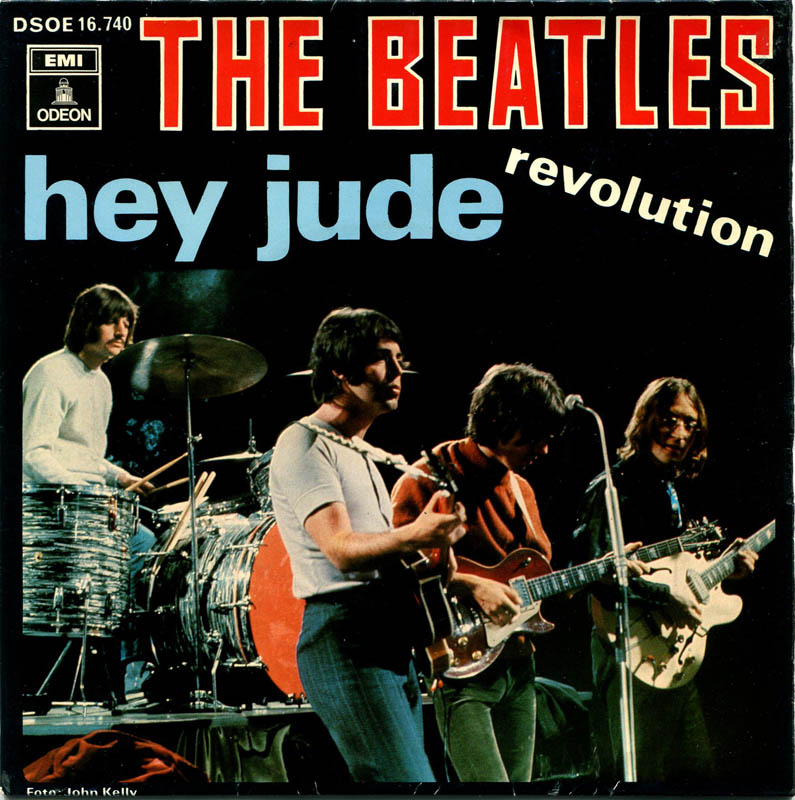 It was approximately three months into recording the “White Album” when this episode of Ringo quitting The Beatles occurred, and only about half of the album was finished at that point. After this two week period was over, they had less than two months to fully complete the album in order to get it out on the market before Christmas. All four of them worked hard and fast and got the job done. “While we were recording the 'White Album,'” Ringo reminisced, “we ended up being more of a band again, and that's what I always love. I love being in a band.” It was approximately three months into recording the “White Album” when this episode of Ringo quitting The Beatles occurred, and only about half of the album was finished at that point. After this two week period was over, they had less than two months to fully complete the album in order to get it out on the market before Christmas. All four of them worked hard and fast and got the job done. “While we were recording the 'White Album,'” Ringo reminisced, “we ended up being more of a band again, and that's what I always love. I love being in a band.”
Song Summary
“Dear Prudence”
Written by: John Lennon / Paul McCartney
- Song Written: March, 1968
- Song Recorded: August 28, 29 and 30, 1968
- First US Release Date: November 25, 1968
- First US Album Release: Apple #SWBO-101 “The Beatles”
- US Single Release: n/a
- Highest Chart Position: n/a
- British Album Release: Apple #PCS 7067-7068 “The Beatles”
- Length: 4:00
- Key: D mixolydian major
- Producer: George Martin
- Engineer: Barry Sheffield
Instrumentation (most likely):
- John Lennon - Lead Vocals, Rhythm Guitar (1965 Epiphone ES-230TD Casino), backing vocals, tambourine, handclaps
- Paul McCartney - Drums (1964 Ludwig Super Classic Black Oyster Pearl), Bass (1964 Rickenbacker 4001 S), Piano (Bechstein Grand #44064), Flugelhorn, handclaps, backing vocals
- George Harrison - Lead Guitar (1964 Gibson SG Standard), backing vocals, handclaps
- Mal Evans - Backing vocals, tambourine, handclaps
- John McCartney - Backing vocals, handclaps
- Jackie Lomax - Backing vocals, handclaps
Written and compiled by Dave Rybaczewski
|
IF YOU WOULD LIKE TO MAKE A DONATION TO KEEP THIS WEBSITE UP AND RUNNING, PLEASE CLICK BELOW!
Sign Up Below for our MONTHLY BEATLES TRIVIA QUIZ!
|